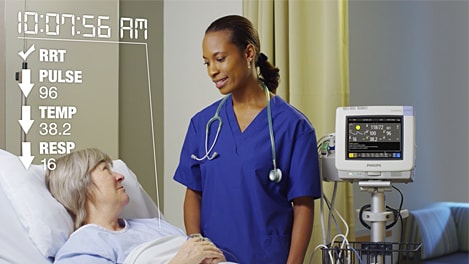Our wearable biosensor enhances your deterioration detection systems with vital sign frequent monitoring in between your vital rounds to help aid early identification of patient deterioration, detect falls, and drive early intervention.
Spot checks only provide a snapshot in time, and continuous monitoring requires the patient to stay connected at the bedside—not only cumbersome for the patient but also impractical in lower acuity settings where he or she is mobile. Detecting clinical deterioration in the general ward is easier than ever with Philips Guardian with the wearable biosensor.
Our medical-grade wearable biosensor provides automatic measurements for at-risk patients in low acuity areas from the ED to the general ward. It measures key vital signs and transmits the data to Philips Guardian automated Early Warning Scoring solution, where advanced algorithms can inform care providers on the patient’s condition, and send notifications when intervention is needed.
Connect with us to learn more about our wearable biosensor and our vision for connected care.
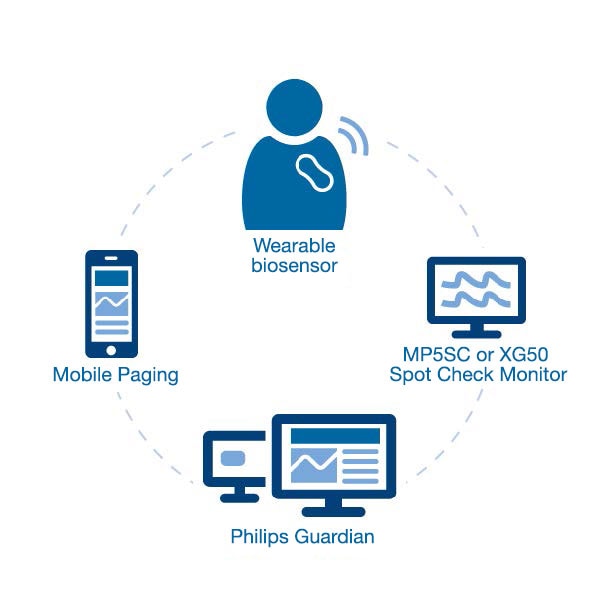
The sooner, the better
Philips Guardian System with Early Warning Scoring (EWS) aids in identifying subtle signs of deterioration in a general floor patient’s condition at the point of care, hours before a potential adverse event. So caregivers and Rapid Response Teams can respond earlier – in time to make a difference.
Philips Guardian automated EWS helps to reduce ICU transfers and readmissions, adverse events, and length of stay. Plus the system can be tailored to your hospital’s escalation protocols to improve clinical workflow, financial outcomes, and patient care.
Up to 17% of general ward patients will face unexpected complications1. The Philips Guardian Solution automatically acquires vital signs, calculates an early warning score, displays it at the point of care, and notifies responsible caregivers to intervene quickly.
Every respiratory measure matters
Respiratory rate is the best early indicator of patient deterioration. Accurate, consistent measurement and reporting are useful in busy care environments where attending to the most at-risk patients at the right times can be a challenge. Explore this critical care issue and the impact it has on patients.
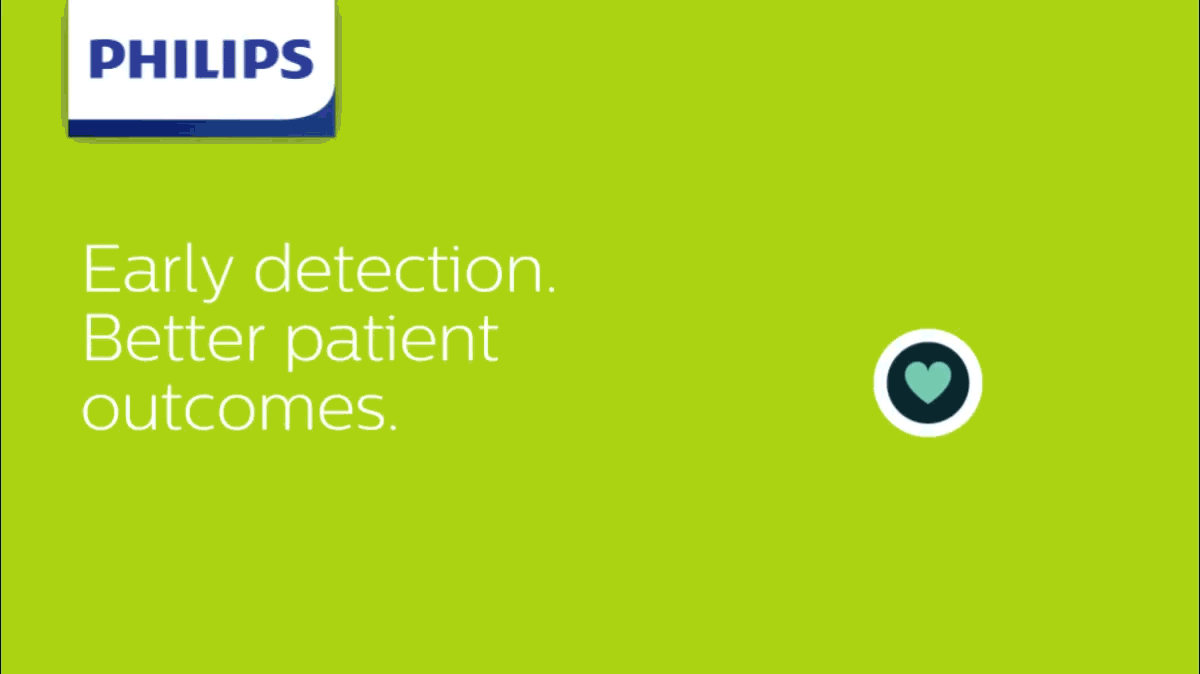
Every respiratory measure matters
Respiratory rate is the best early indicator of patient deterioration. Accurate, consistent measurement and reporting are useful in busy care environments where attending to the most at-risk patients at the right times can be a challenge. Explore this critical care issue and the impact it has on patients.

Connected, medical-grade wearable devices can change the way patients are cared for as they transition from critical care environments to recovery and wellness.
High-frequency, automatic monitoring of key vital signs
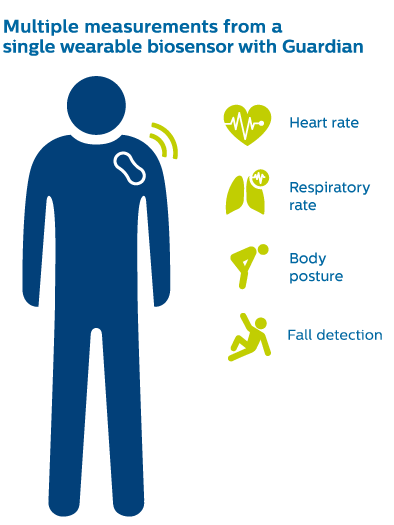
Hospitals challenged with limited space and an increase in high-acuity cases may be treating some patients who traditionally would’ve been in the ICU in the general ward instead. They require a higher level of attention, which puts an extra strain on clinician workflow. Care providers rely on spot checks to assess a patient’s progress. While that gives clinicians insight into a patient’s measurements at that moment, it isn’t always a complete picture of the patient’s condition. When used with the Philips Guardian EWS solution, our wearable biosensor provides automatic measurements for key vital signs, so patients can be monitored between spot checks—where they may need more frequent monitoring—and a deterioration in their condition can be detected quickly. Note: The Biosensor with Guardian currently provides HR, RR, Posture, and Fall detect.
Patient Satisfaction with medical-grade technology
Improving patient experience of care is one of the aims of the Institute of Healthcare Improvement’s Triple Aim Initiative. Our industry-first wearable biosensor is designed to fit discreetly on the patient’s chest, reducing the discomfort of multiple cables, wires and electrodes and allowing him or her to get up and move around the ward or waiting room, without disconnecting vital sign measurement and tracking. Combined with our robust patient monitoring devices and systems, the biosensor can provide clinicians with greater peace of mind.
Philips is partnering with a clinical site to gather feedback on use of the wearable biosensor in the emergency department. The study has yielded data concerning patient satisfaction with the wearable biosensor.
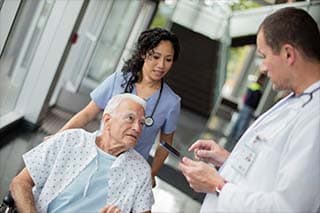
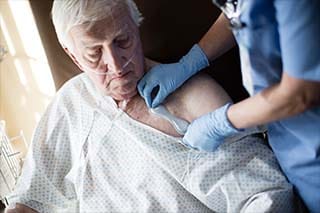

Wireless monitoring throughout the hospital
High frequency monitoring from the wearable biosensor makes it possible to keep a constant eye on the patient’s condition as they move throughout the facility. Not only giving patients freedom as they begin steps to recovery but reducing the amount of equipment necessary to move from location to location.
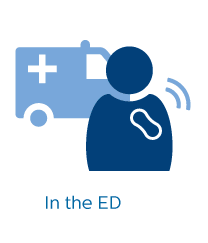
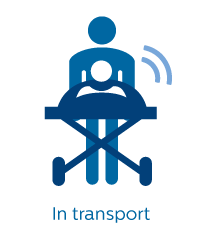
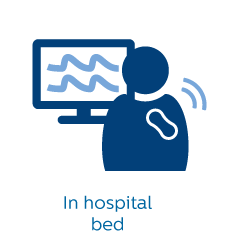
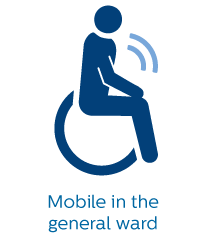
1 Rutherford P, Lee B, Greiner A. Transforming Care at the Bedside. IHI Innovation Series white paper. Boston: Institute for Healthcare Improvement; 2004.(Available on www.IHI.org)
